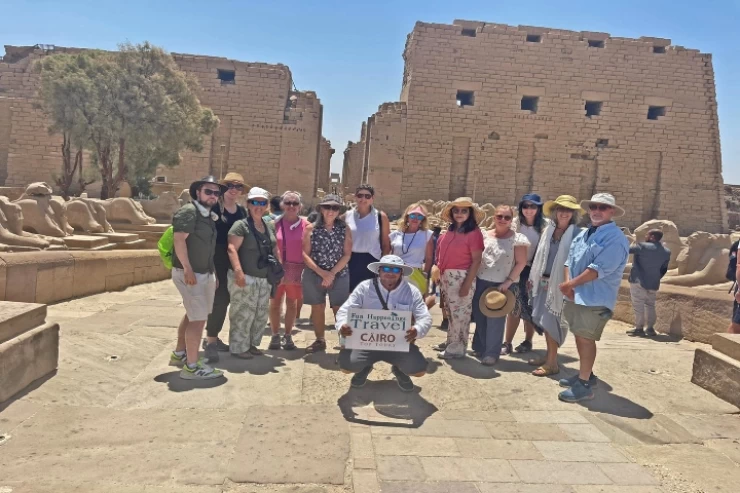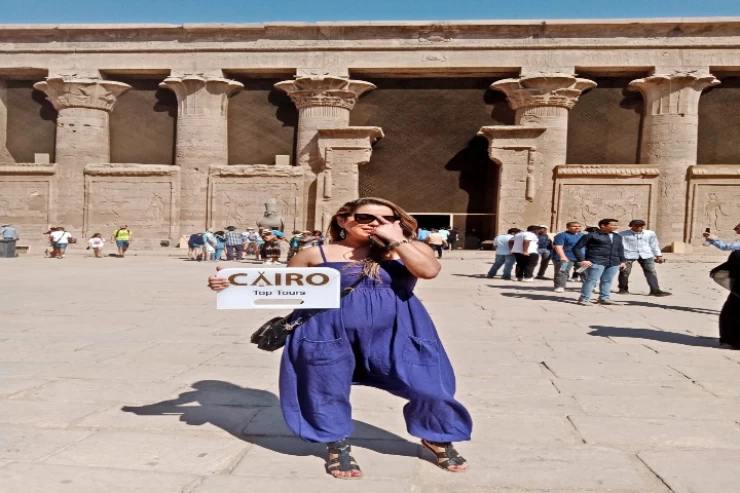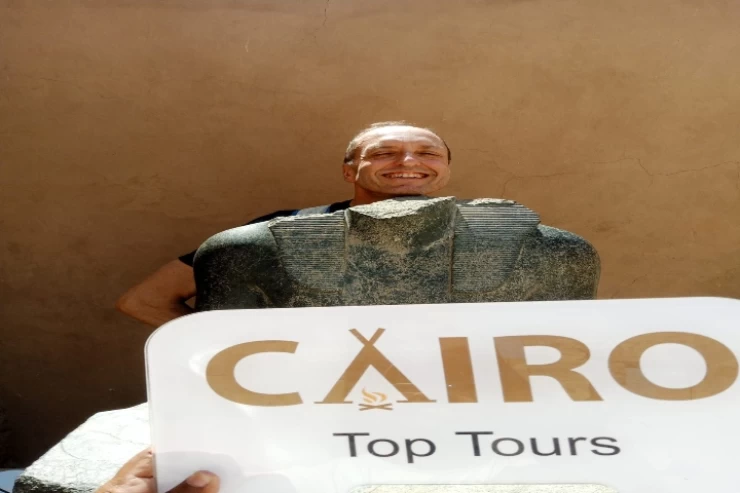Cairo Top Tours' representative and expert guide will be waiting for you at your hotel in Aswan to take you in a private air-conditioned car, accompanying you on one of the most popular excursions to Nubia from Aswan.
Your day begins with an unforgettable visit to the Nubia Museum, the museum contains five thousand artifacts representing the stages of development of Egyptian civilization and Nubian heritage, and the museum's outdoor exhibit includes 68 unique pieces of large statues and paintings of various sizes, and one of the most beautiful and rare pieces on display is a 200,000-year-old human skeleton that was found in 1982 in the Idkubati area in Aswan. Among the most important artifacts in the museum is the statue of King Ramses II, the palace of Abrim, a model of the temple of Philae, a stone painting of Amenhotep, a hut of baboons and scorpions, horse tack and ornaments, tombstones, a statue of Elba “The Spirit”, a statue of Amardis, a stone painting of Tanut Amon, a model of an Islamic cemetery, the watering can and shaduf, a skeleton from the valley of Kubaniya, a model of a Nubian burial of the first group, the statue of King Khafre.
Then, we continue our excursion exploring one of the most beautiful temples, the Temple of Philae. The Great Temple was built during the 3rd century BC and was followed by the temples of Amenhotep and Arsenophis. The Temple of Hathor, the last Ptolemaic monument, was completed before 116 BC by Euergetes II. Other Ptolemies added reliefs to Philae that are considered temple masterpieces. From Egypt, the cult of the goddess Isis spread to Greece, Rome and throughout the empire. Even as Roman rule took hold in Egypt, rulers sought to beautify the sacred island. Emperor Augustus Caesar built a temple on the northern tip of Philae in the 9th century BC.
We conclude our excursion with a delicious lunch at one of the local restaurants in Aswan.
After a day full of special sightseeing, our guide will return you to your hotel in Aswan.

























